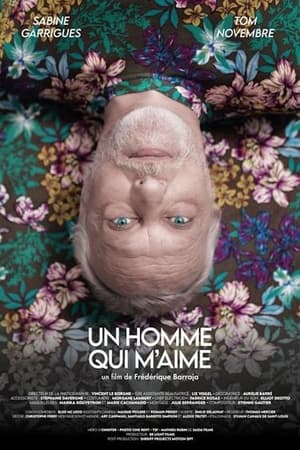Overview
On a remote island, a lost woman seeks shelter on a rocky beach. After a security guard demolishes her makeshift hut, she is once again forced into uncertainty. She finds refuge with a young man who longs to visit his estranged mother.
Reviews
Sometimes there are films that develop in a short time such an opulence of unpretentious, free floating, refreshing mysteries, dissimilarities and alterities that you don't want to spoil your viewing and listening pleasure by asking questions or searching for answers. «Do you believe you can get to know another person by asking them questions?», is said at one point in the film. Can you really get to know a film by asking too many questions? What framework of identification do these questions imply? Sawandi Groskind's radically anti-identarian Where to Land (without question mark!) is so full of possible conjunctions and disjunctions that one does not actually want them to “land” and find a destination, even though everything revolves around the search for origin, for belonging and for togetherness. This search takes place in jungle of both strange and estranged, homeless images and sounds, rhythms and textures, fissures and materialities that negotiate identity as radically fluid and origin as a product of discursivity, and not of consanguinity.
This jungle could be an island near Helsinki, but it could also be the beginning of Terrence Malick's The New World, or a Robinsonade. Many images, sounds, and ellipses remind us of other films (Nouvelle Vague, Claire Denis, Lucrecia Martel, Apichatpong Weerasethakul, but that’s not so important.
We don’t know if it's a remote island or nearby. It's night. We meet a beautiful old woman in close-ups. This woman has an old-fashioned pistol. So, the film doesn't start with a girl and a gun, but with an old white-haired woman and an old pistol. Is she stranded? Or did she fall from the sky? Just as we all land somewhere, and have to get our bearings. Then a security guard at the beach demolishes her makeshift tree hut. At a rest stop in the forest she meets a young black man. They are people of different colour and age. They both seem to be looking for something. The young man likes to look at air traffic maps on the Internet, all those planes that are in the air and have not yet landed. The old woman has lost her voice. They must find a common language. What they have in common are tick bites; briefly, in one shot, a bat with a tick is seen. If there is a community, then it can only be found through transmission, parasitic conditions, contamination, hybridization, differences. At some point the old woman begins to speak, she finds her voice again, but this voice is not human at all. The strange, particularly enchanting thing in this festival context: she sounds like the leopard of the Locarno Festival. Even if they don't speak the same language – or they did at some point (Finnish?), and after a traumatic shock, the old woman has found another, animalistic language? – they understand each other, just as we understand this hypnotic, enchanting jewel of a film without understanding it.
Matthias Wittmann
www.filmexplorer.ch

 15 min
15 min
 0
0
 2020
2020
 Finland
Finland
 deerhill wrote:
deerhill wrote:












